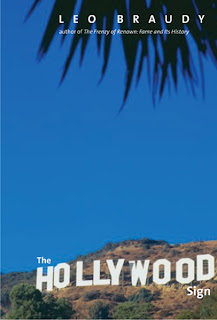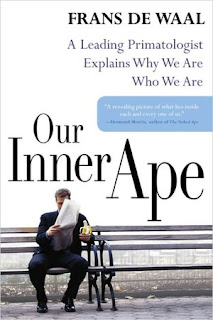Plagues and PeoplesRead about another book on the list.
by William McNeill (1976)
In 'Plagues and People,' one of the seminal books of the last half-century, William McNeill introduced an important but largely ignored subject to the study of history: epidemic disease. Agriculture had lighted the flame of human pestilence by bringing us into daily contact with horses, hogs, cattle and sheep. Measles, smallpox and a host of other animal diseasespromptly migrated to us; then, around 500 B.C., the creation of the city provided the population density that epidemic disease requires to flourish. McNeill's book occasionally leaves us with the feeling that nature has had it in for us ever since we abandoned our natural niche as hunter-gatherers. A second-century smallpox epidemic ultimately led to the fall of the Roman Empire; in the 14th century, the first burst of globalization produced a catastrophic epidemic. Italian merchants returning from China contracted the bubonic plague on the Eurasian steppe, and within a decade a third of Europe was dead. Human ingenuity, McNeill's book suggests, is not an unmixed blessing.
Plagues and Peoples is one of Steven Johnson's five best books about great plagues.
--Marshal Zeringue





















